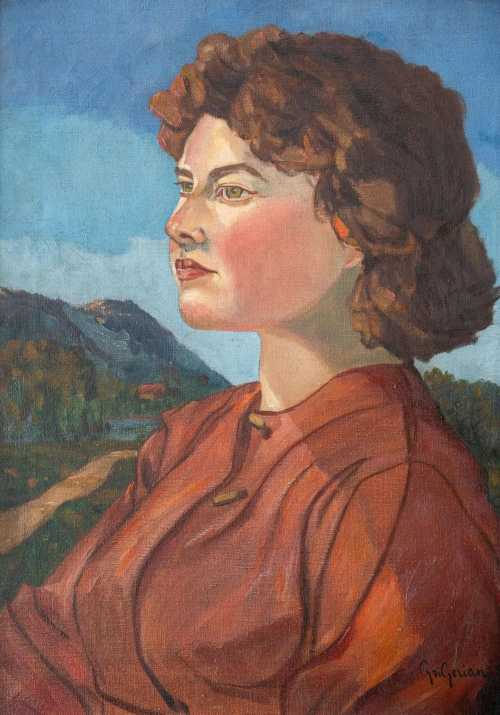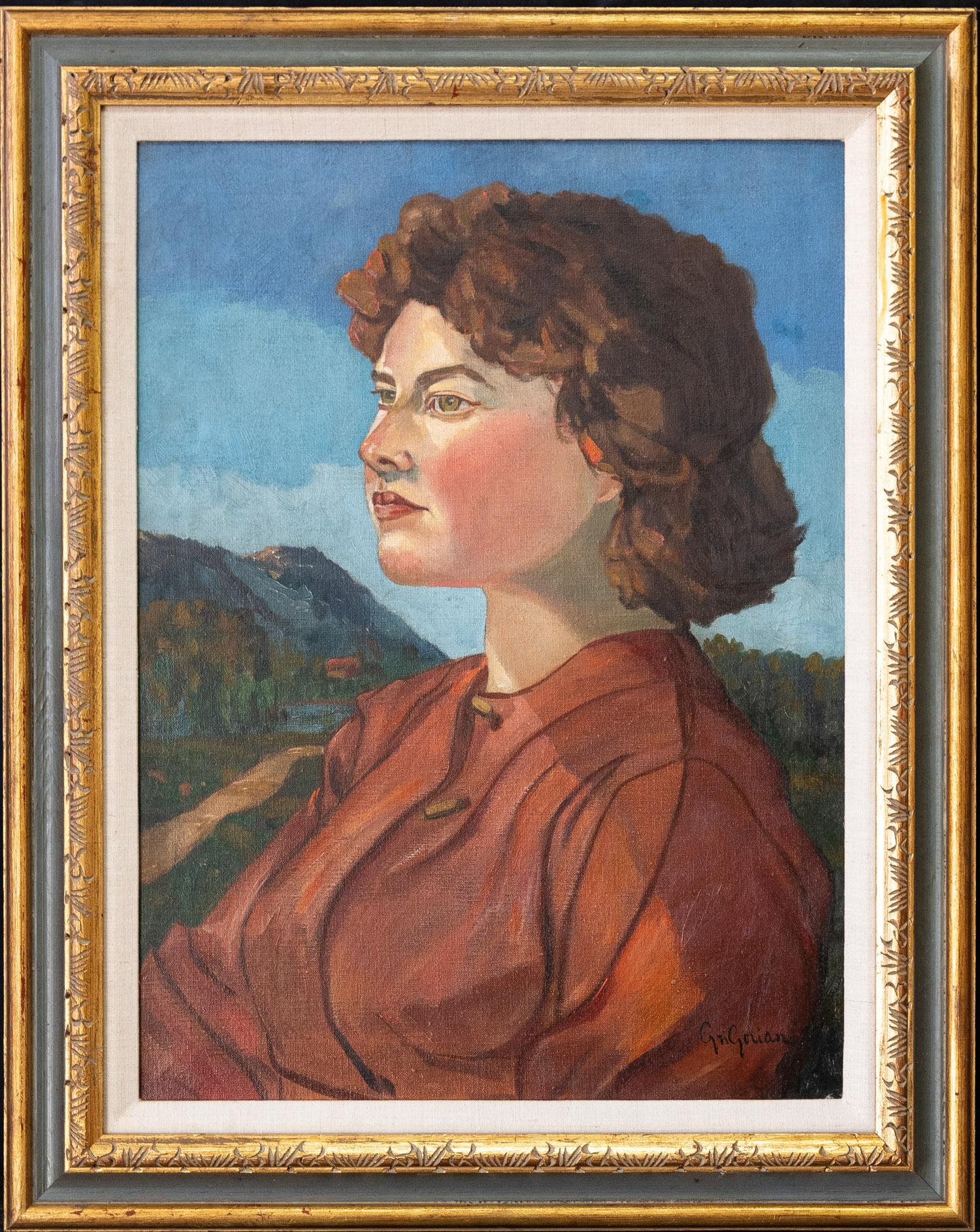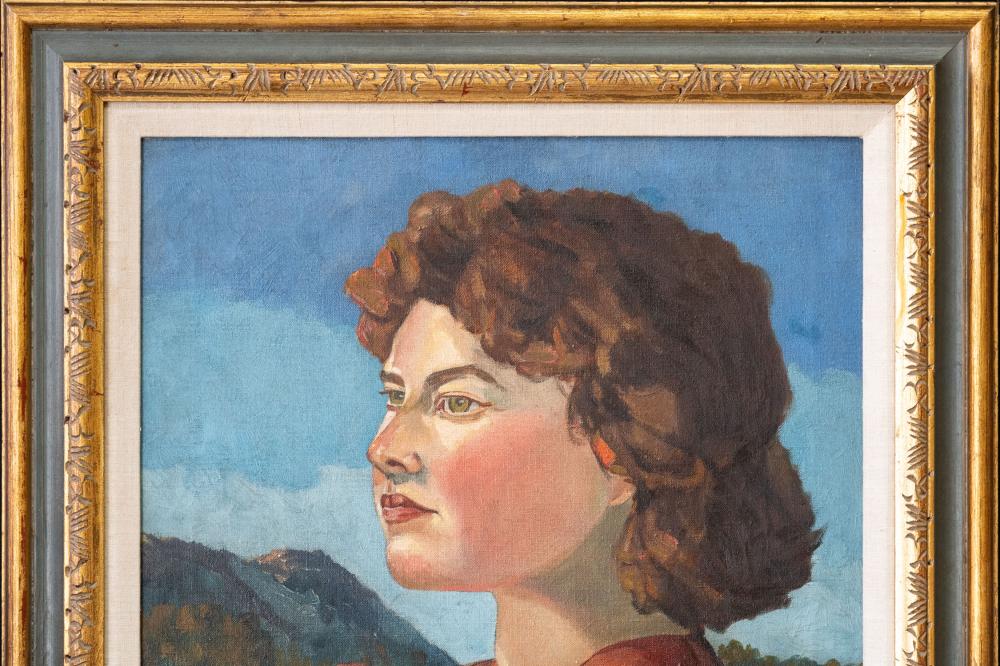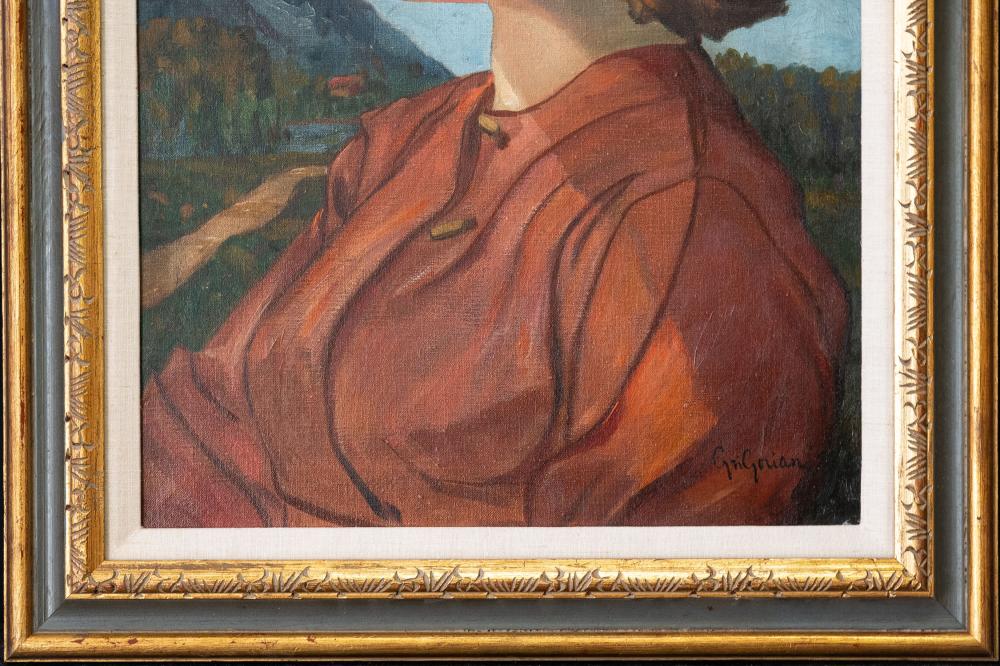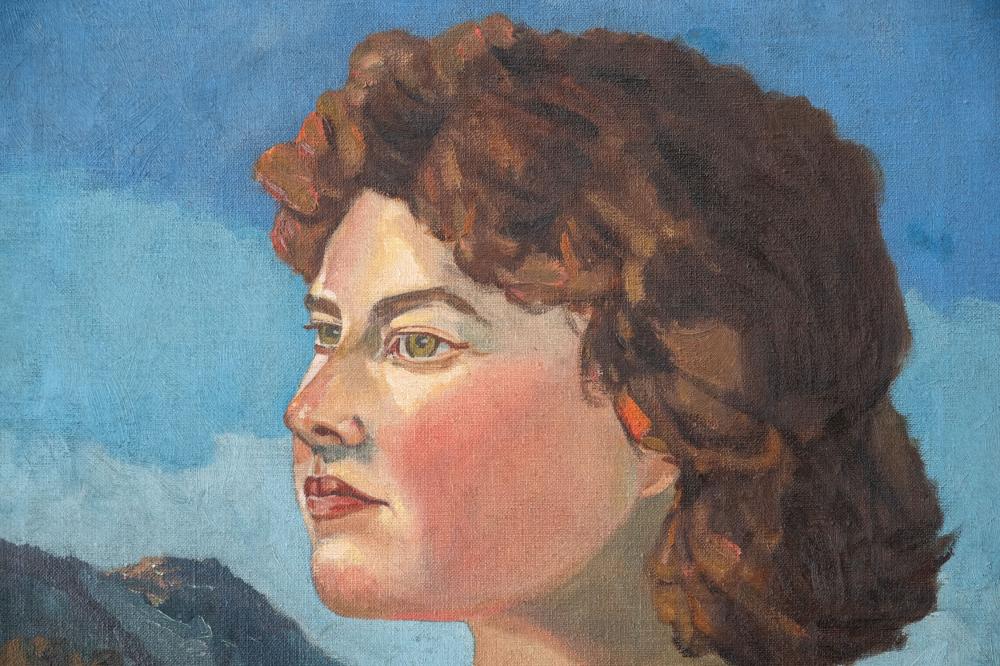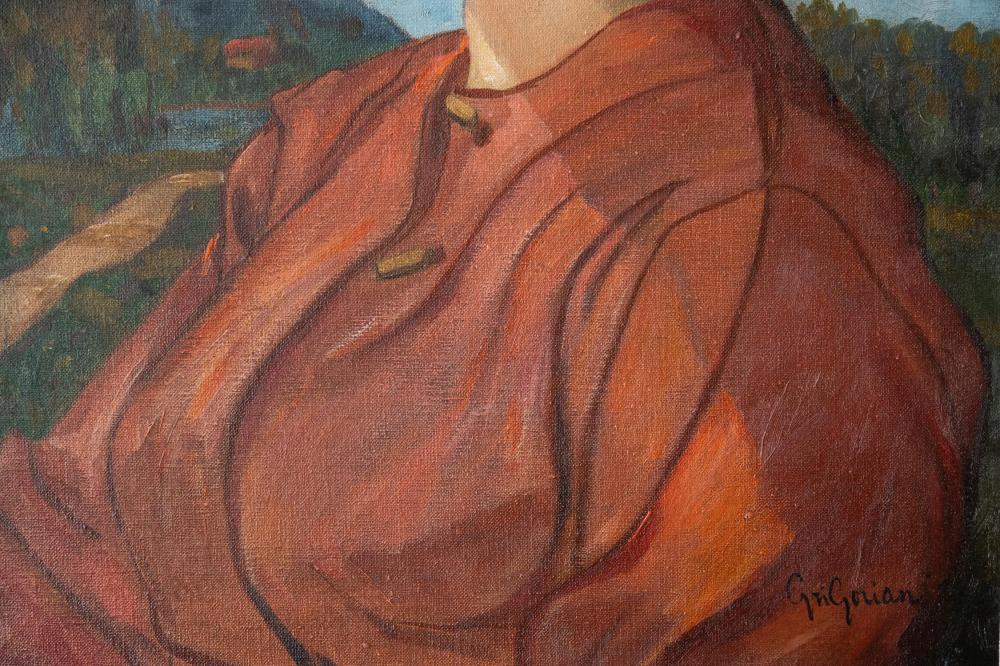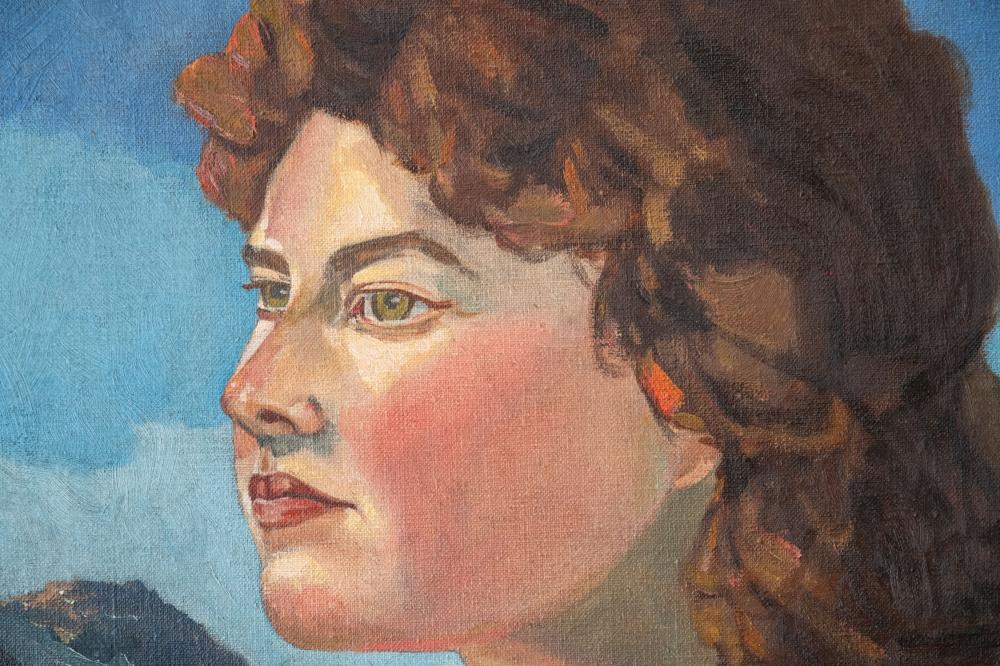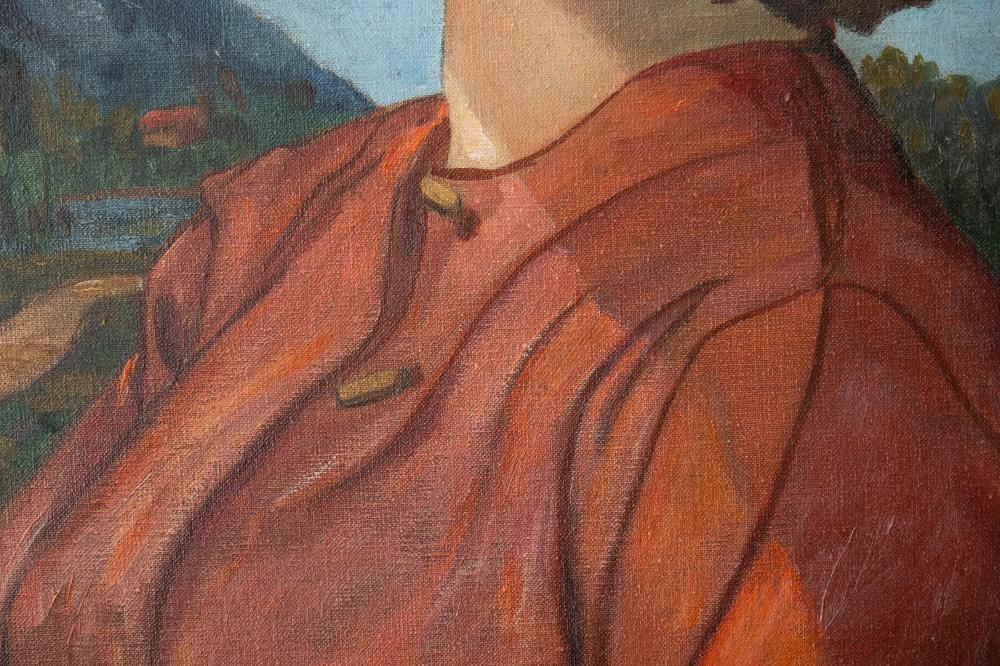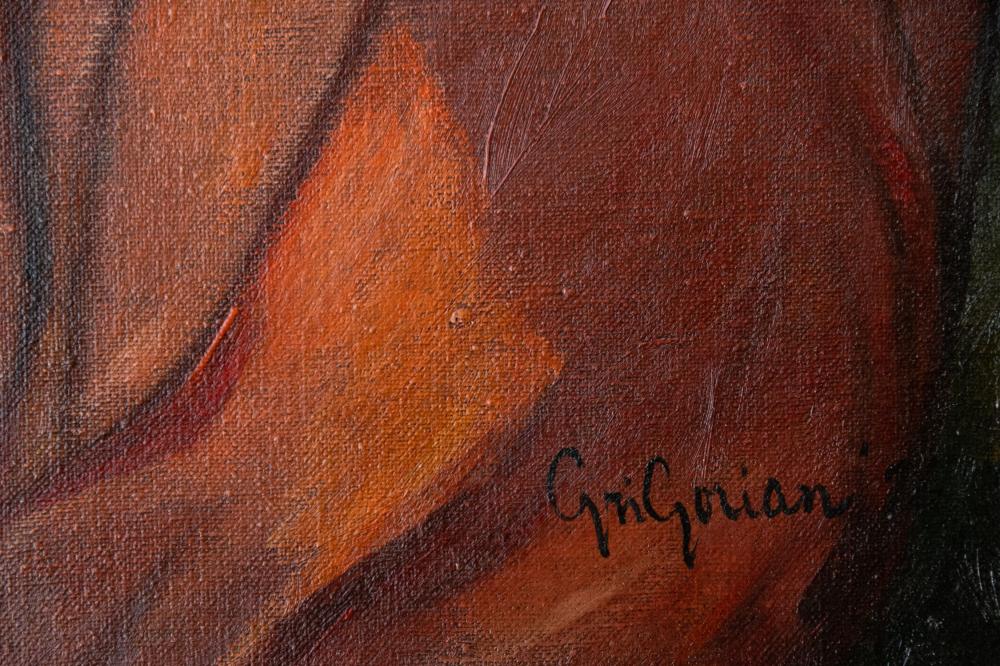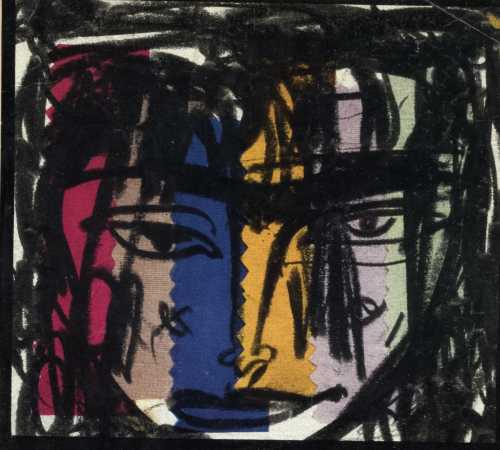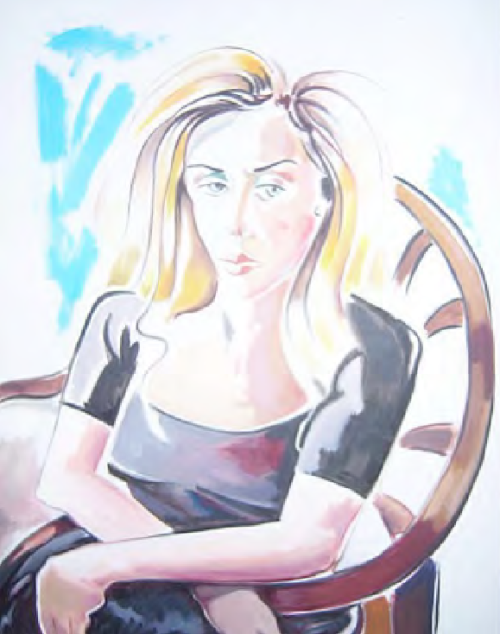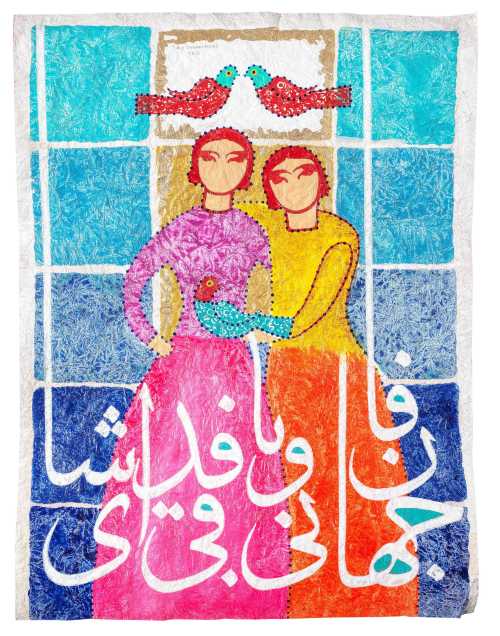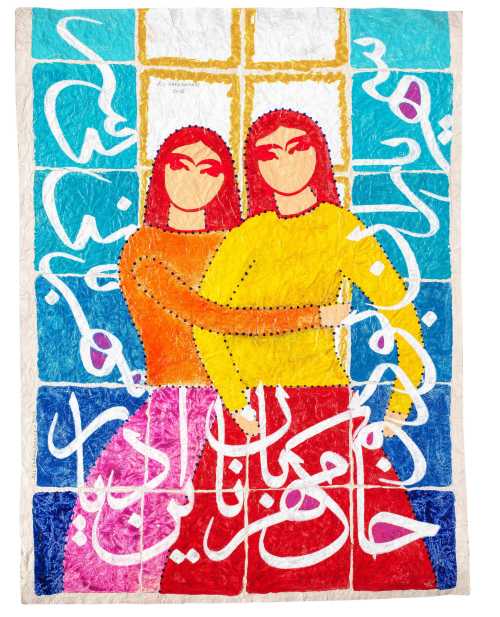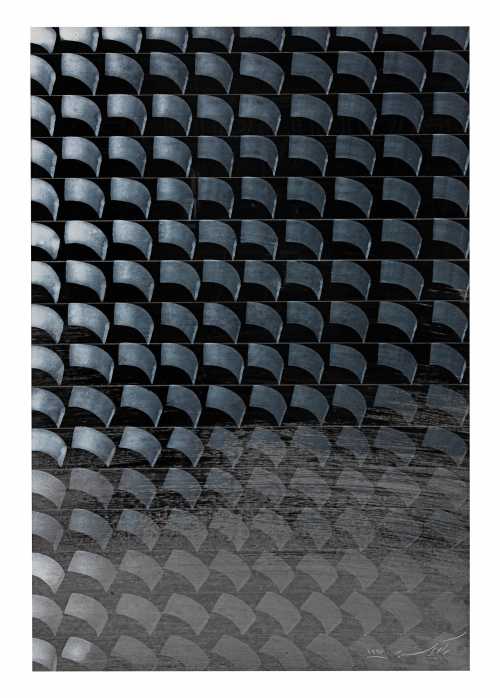- Armenian Artist 1976
- Oil on canvas
- Painting
- 45.7 * 61 cm
- Frame Size: 30" x 24"
In excellent overall condition. No blemishes observed.
Signed lower right, dated 76
13 February 2022
Estimation
$200
-
$5,000
Realized Price
$1,500
42.308%
Artwork Description
Grigorian was a trendsetter whose career began in the 1950s and spanned several countries. By establishing the First Tehran Biennial he was especially instrumental in opening up channels of communication for Iranian artists. He was one of the "international Armenians of the 20th century who brought fresh inventions to ancient pursuits"
Marco's legacy lies in the variety and the extent of experimentation he demonstrated without constraints, a vision that already started in the first generation of modernist artists and one that he was able to actualize. With the emergence of the new artistic movements and the opening of more exhibition spaces in Tehran, many writers, critics, and artists began a critical examination of both the conceptual works and the visions behind them as related to local art production. At the time, many of Marco's exhibitions generated a backlash and were particularly criticized. They were rejected with such harsh terms as "artistic plagiarism that have complicated the works of genuine researchers," as "superficial," and "the art of sieve and toilet paper, and as "imitations of the kind of art already considered old in the U.S." On the other hand, however, he earned the appreciation of many for his modern artistic expressions and his innovative concepts, which defy the imitation of Old Masters .
Marco Grigorian was the winner of many national and international awards, including: Premio ENIT, Rome, and Le Olimpiadi Culturale della Gioventù (1952); First prize in Painting and First prize in Graphics at Milan National Exhibition of Academies (1953); First prize and Honorable mention in the First Tehran Biennial (1958); and a Silver medal at the New York International Art Exhibition (1970). Marco's work is included in several important public and private collections, among them the Museum of Modern Art, New York; Museum of Contemporary Art, Tehran; Museum of Fine Arts, Tehran; Kerman Museum; Agenzia Nazionale del Turistica (ENIT), Rome; Nelson Rockefeller Collection, New York; Johnson Museum of Art, Ithaca N.Y.; National Gallery and Near East Museum, Yerevan, Armenia; Central Bank of Cyprus, Nicosia; and Empress Farah Pahlavi's Private Collection.
Marco's legacy lies in the variety and the extent of experimentation he demonstrated without constraints, a vision that already started in the first generation of modernist artists and one that he was able to actualize. With the emergence of the new artistic movements and the opening of more exhibition spaces in Tehran, many writers, critics, and artists began a critical examination of both the conceptual works and the visions behind them as related to local art production. At the time, many of Marco's exhibitions generated a backlash and were particularly criticized. They were rejected with such harsh terms as "artistic plagiarism that have complicated the works of genuine researchers," as "superficial," and "the art of sieve and toilet paper, and as "imitations of the kind of art already considered old in the U.S." On the other hand, however, he earned the appreciation of many for his modern artistic expressions and his innovative concepts, which defy the imitation of Old Masters .
Marco Grigorian was the winner of many national and international awards, including: Premio ENIT, Rome, and Le Olimpiadi Culturale della Gioventù (1952); First prize in Painting and First prize in Graphics at Milan National Exhibition of Academies (1953); First prize and Honorable mention in the First Tehran Biennial (1958); and a Silver medal at the New York International Art Exhibition (1970). Marco's work is included in several important public and private collections, among them the Museum of Modern Art, New York; Museum of Contemporary Art, Tehran; Museum of Fine Arts, Tehran; Kerman Museum; Agenzia Nazionale del Turistica (ENIT), Rome; Nelson Rockefeller Collection, New York; Johnson Museum of Art, Ithaca N.Y.; National Gallery and Near East Museum, Yerevan, Armenia; Central Bank of Cyprus, Nicosia; and Empress Farah Pahlavi's Private Collection.
More lots by Marcos Grigorian
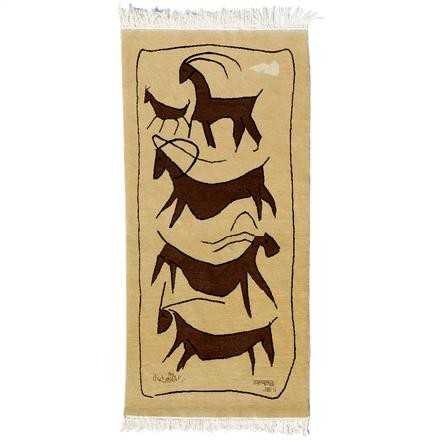
art rug
Realized Price
33,405 USD
Min Estimate
18,645 USD
Max Estimate
26,413 USD
Average Artwork Worth
+40.586%
Average Growth of Artwork Worth
Sales Performance Against Estimates
Average & Median Sold Lot Value
2021 - 2025
Performance vs. Estimate
2021 - 2025
Sell-through Rate
2021 - 2025
